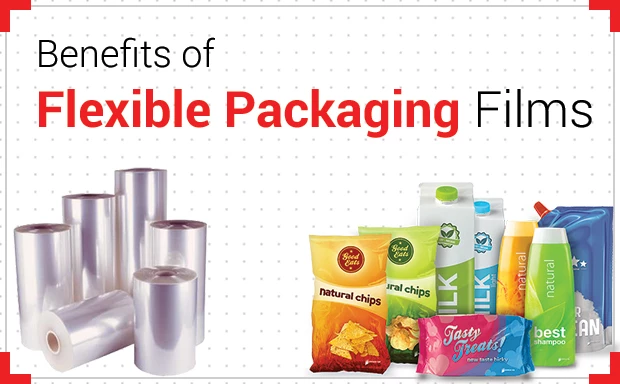Love to hear from you!
Get in touch.

Flexible packaging is one of the fastest growing areas of the packaging industry. Compared to several traditional packaging alternatives flexible packaging is greener and gives more value for money.
Flexible packaging film consists of optimum quality materials and plays its role effectively as well as consistently all through the life cycle of the products. It leverages flexible substrates including paper as well as plastic films. Its rising popularity is driven by superior properties including transparency, twist retention and superior shrinkage.
Superior Technology
One example of flexible packaging is stand-up pouch bags. The latter is manufactured from multiple layers of plastic, aluminum as well as other materials. The advantage of stand-up pouches is that they protect food products from environmental as well as physical hazards encountered in the stages of transport and storage. Flexible food packaging can have multiple designs to attract buyers. Zip locks and spouts can be added for better convenience and usability.
Reduced Costs
By opting for flexible packaging manufacturing costs is considerably reduced. The flexible packaging material is manufactured by laminating together multiple layers of films. The time, energy and material expenses expended for manufacturing flexible packaging films is much lower than that of traditional glass and plastic jars.
Flexible packaging films are designed to do the following
Uses for food products include
Uses for non-food items are
Uses of Flexible Packaging Films
Featured Post
Love to hear from you!
Get in touch.